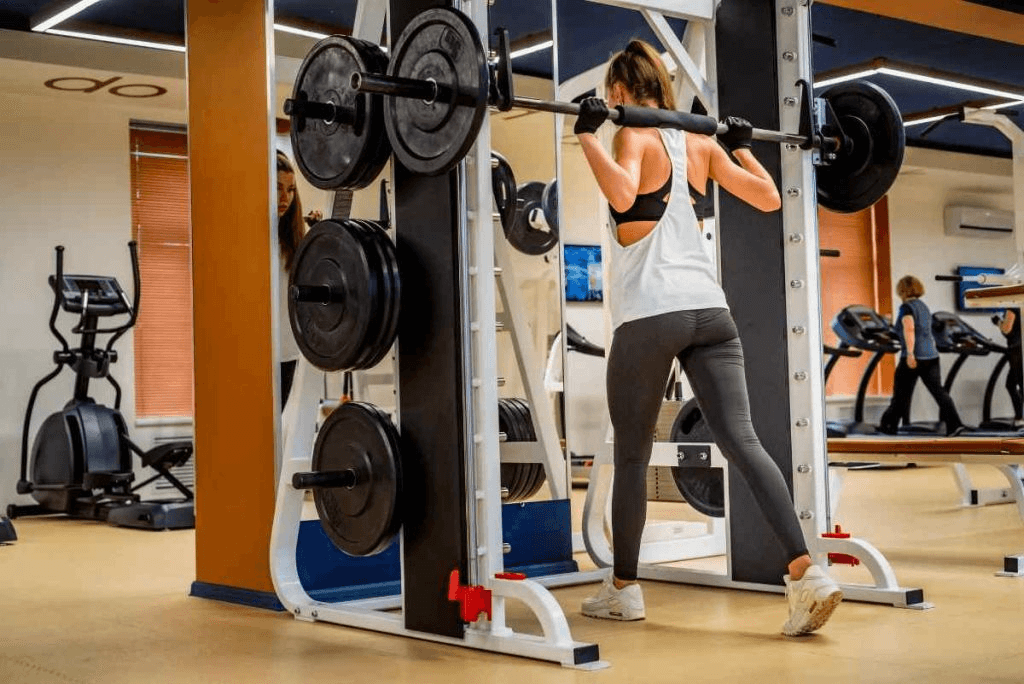When it comes to strength training, athletic performance, or even basic mobility, everything revolves around the body's major muscle groups. Whether you're new to fitness or a seasoned athlete, knowing these muscles helps optimize workouts, prevent injury, and build a well-rounded physique. Let’s explore the main muscle groups, how many there are, and why each one matters.
What Are the Major Muscle Groups?
The body is composed of hundreds of individual muscles, but in fitness and anatomy, we often organize them into larger muscle groups based on location and function. These major muscle groups are essential for coordinated movement, stability, and strength. Focusing on all major body muscle groups ensures balanced development and reduces the risk of muscular imbalances.
Here’s a breakdown of the major muscle groups of the body:
-
Chest (Pectorals): Vital for pushing movements like push-ups and bench presses.
-
Back (Latissimus Dorsi, Trapezius, Rhomboids, Erector Spinae): Crucial for pulling movements, posture, and core stability.
-
Legs (Quadriceps, Hamstrings, Glutes, Calves): The powerhouse of the body, essential for walking, running, jumping, and lifting.
-
Shoulders (Deltoids): Important for lifting, throwing, and all overhead movements.
-
Arms (Biceps, Triceps, Forearms): Support pushing and pulling tasks, carrying strength, and fine motor skills.
-
Core (Abdominals, Obliques, Lower Back): Acts as the body's stabilizer, connecting upper and lower body movements.
These cover all major muscle groups that most strength and conditioning programs are built around.
How Many Major Muscle Groups Are There?
The number of muscle groups can vary depending on how specifically they are categorized. Broadly, there are five major muscle groups often referred to in training programs:
-
Chest
-
Back
-
Legs
-
Shoulders
-
Arms
Some experts expand this list to six by separating the core muscles because of their crucial role in stabilization.
If you're wondering how many muscle groups there are overall when looking at every subdivision, the body can be broken down into over 600 muscles, but for fitness purposes, these core groups provide a simple framework to work from.
Large Muscle Groups of the Body
When talking about building strength or burning more calories, targeting large muscle groups is key. These include:
-
Quadriceps
-
Hamstrings
-
Glutes
-
Back muscles (especially lats and traps)
-
Chest muscles
Exercises like squats, deadlifts, bench presses, and pull-ups engage multiple large muscles at once, leading to greater strength gains and improved metabolism.
What Are the Different Muscle Groups?
While the major muscle groups form the foundation, understanding some smaller yet important groups adds depth to your fitness knowledge. For example:
-
Calves (Gastrocnemius and Soleus): Important for ankle stability and power in movements like sprinting and jumping.
-
Forearms: Crucial for grip strength, which impacts lifting performance.
-
Neck and Upper Traps: Play a role in posture and carrying strength.
So when asking, "what are the different muscle groups," it’s important to recognize both the major players and the supporting muscles.
Three, Four, and Five Major Muscle Groups Explained
Some training systems break things down differently:
-
Three Muscle Groups: Chest, Legs, Back (broad categorization for beginners).
-
Four Major Muscle Groups: Often divided into Chest, Back, Legs, and Shoulders.
-
Five Major Muscle Groups: Chest, Back, Legs, Shoulders, and Arms (most common in weight training plans).
Understanding these divisions helps when creating split workout routines like "push-pull-legs" or upper-lower body programs.
Why Knowing the Major Muscle Groups Matters
A well-structured workout plan ensures you're not overtraining one area while neglecting others. Strengthening all major muscle groups builds:
-
Better posture
-
Enhanced athletic performance
-
Increased calorie burn
-
Reduced risk of injury
-
Greater overall balance and symmetry
Plus, when you know the major muscle groups of the body, it’s easier to set goals, track progress, and enjoy smarter, safer training sessions.
Summary:
The body's major muscle groups form the foundation of strength, movement, and health. Whether you're designing a workout or simply trying to move better, focusing on these core areas will help you unlock your full potential.











































Leave a comment
This site is protected by hCaptcha and the hCaptcha Privacy Policy and Terms of Service apply.